Basics of KARATE
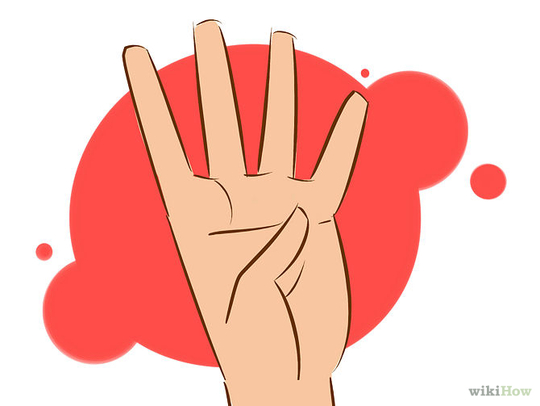
Training in Karate generally involves four aspects:
- Kihon (Basic techniques)
- Kata (Form or pattern)
- Bunkai (Study of techniques encoded in kata or “kata application”)
- Kumite (Sparring or paired form).
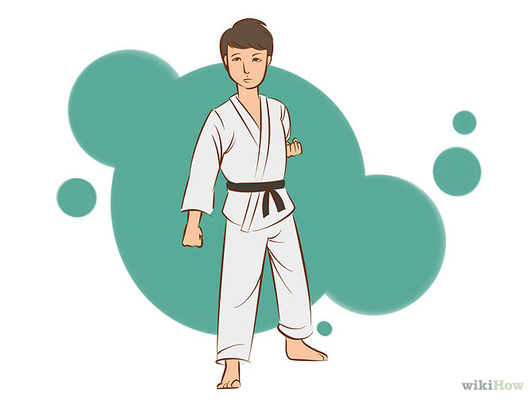
In kihon, you learn the Karate way of punching, blocking, kicking and movement.
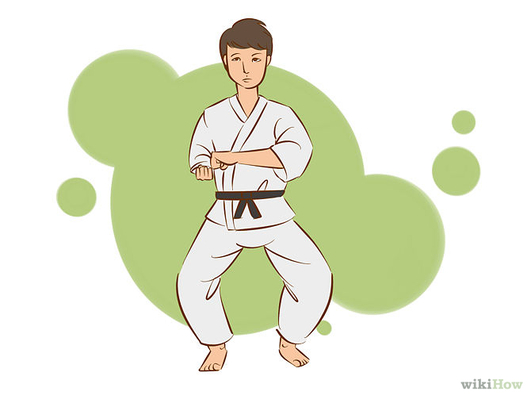
In kata, you learn to combine the basic techniques in a flowing movement.
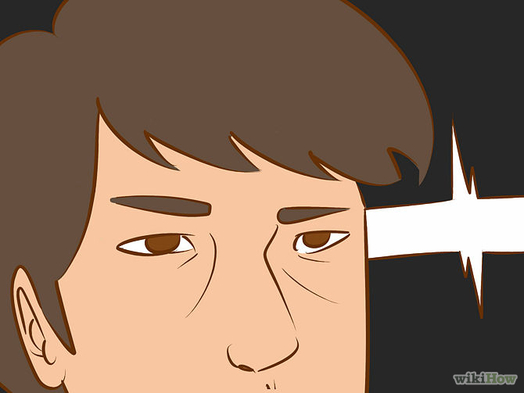
In bunkai, you analyze every movement in a given kata and develop possible applications in real combat situations.
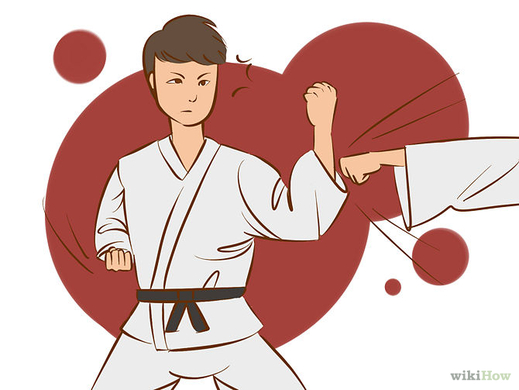
In kumite, you learn to apply kihon and bunkai in a controlled environment.
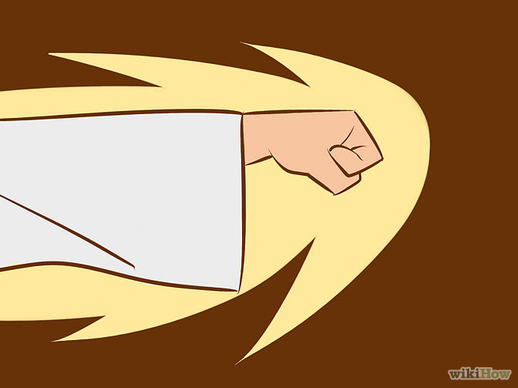
Basic Punches:
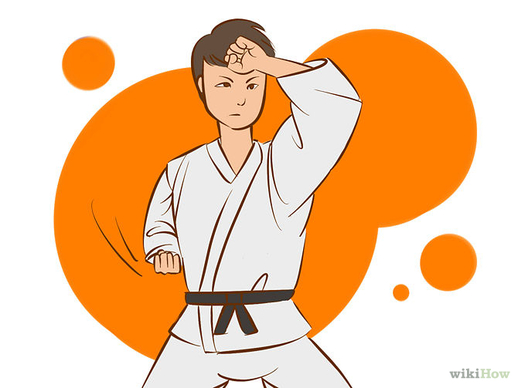
Upper rising block (Age Uke)
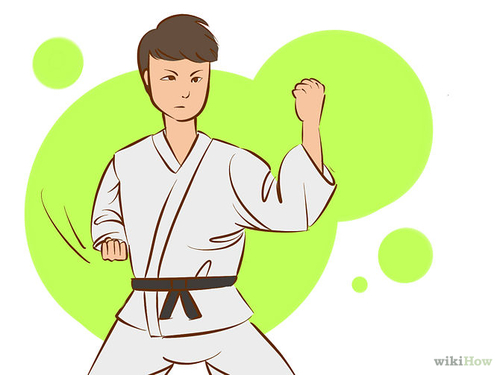
Middle block (Yoko Uke for inside to outside and Yoko Uchi for outside to inside)

Downward block (Gedan Barai)

Front kick (Mae Geri), hit with the ball of the foot
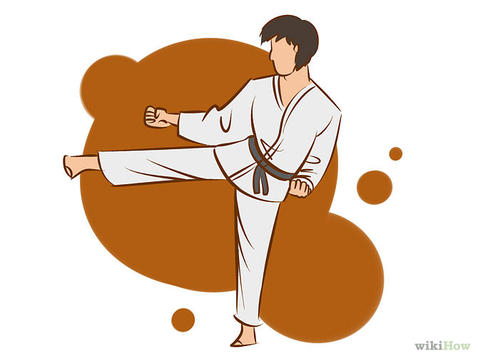
Side kick (Yoko Geri), hit with the blade of your foot, toes pointing down
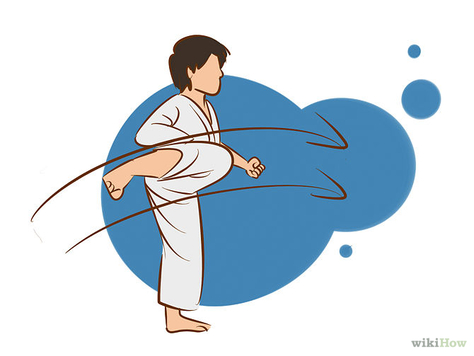
Roundhouse kick (Mawashi Geri), hit with the ball of the foot, curl your toes up and try to turn your foot sideways

Hook kick (Ura Mawashi Geri), reverse roundhouse kick.

Back kick (Ushiro Geri) this is a kick behind you, make sure you look where you're kicking and hit with the heel
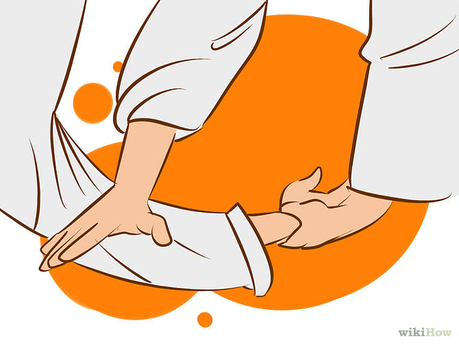
Grappling and joint locking (Tuite)
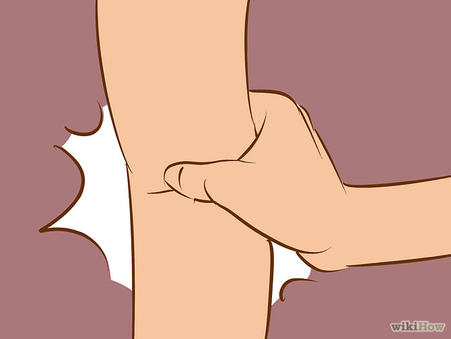
Pressure points(Kyusho jutsu)
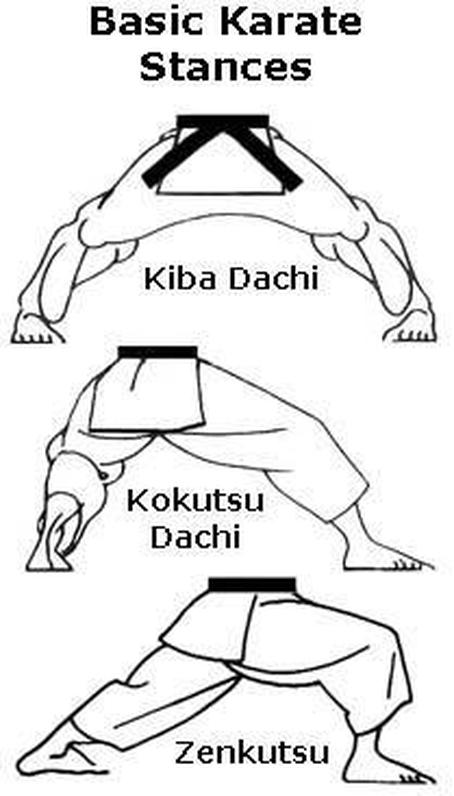
Karate Stances Dachi Kata
Karate stances are common to all types of Karate and Karate forms. They are far more than the dramatic combat postures they appear to be. They keep the body balanced and stable and allow attacks and defences to be made with maximum effect.
The 3 main Karate Stances of Shotokan are;
– Side stance Kiba Dachi
– Back stance Kokutsu Dachi
– Front stance Zenkutsu Dachi
Basic Karate moves become masterful techniques when the position of the feet, knees and hips all come together to create the right base. The move itself will determine which of the Karate stances is best for the situation.
Karate Stances – the Big Misconception
The ‘frozen’ leg positions we see in Karate forms known as kata and basic Karate Moves kihon are ‘point in time’ poses. They are simply the best position to perform against an imaginary fixed target not a real moving one!
If Karate stances are ‘held’ a moment longer than necessary, mobility will be restricted giving the opponent a chance to strike. Take a look at any serious kumite match and you will see free-flowing movements not rigid posturing.
Bottom Line...
Tips
- Focus on what you are doing, not what others are doing. If someone else is doing something wrong, don’t try and correct them – you might be making the same mistake. Leave the teaching to your Sensei or the Senpai (senior) in charge.
- Remember: the secret in mastering advanced techniques is a solid foundation, master the basic techniques first.
- Always stretch before you work.
- Always pay attention to your stance. Low and short is best.
- There is one rule only in karate training; never injure a training partner.
- Remember to ki-ai (shout/yell) when told to do so – it should be strong and powerful, coming from the hara, just below the navel.
- There are two types of punches: forward and reverse.
- ‘Forward’ is punching with the ‘leading side’ (same side as the ‘front foot’);
- ‘Reverse’ is punching with the ‘trailing side’ (opposite side as ‘front foot’).
Warnings
- Don’t fool around – it is wasting your time and other people’s time, and you may end up hurting yourself or someone else (martial arts techniques are designed to damage people, and should not be handled carelessly).
- Don’t hit anyone without permission – it is not only impolite, but dangerous, as someone who is unprepared is much more likely to be injured when struck.
- Make sure you do the best you can in practice. The simple reason for this is that if you practice at your best, in a competition or self defense, your best effort will now be second nature.
- If you have any physical complications, consult your doctor before beginning karate classes.
